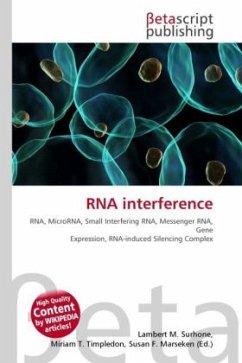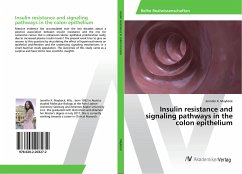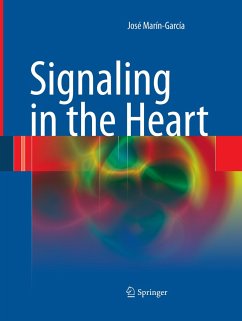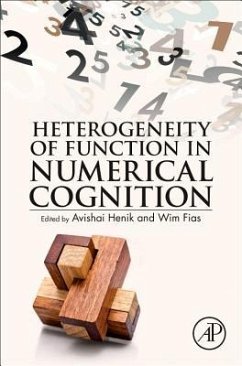
RNA interference pathways in the moss Physcomitrella patens
The regulatory role of small RNAs in the moss Physcomitrella patens
Versandkostenfrei!
Versandfertig in 6-10 Tagen
39,99 €
inkl. MwSt.

PAYBACK Punkte
20 °P sammeln!
RNA interference (RNAi) is a mechanism regulating gene transcript levels by either transcriptional gene silencing (TGS) or by posttranscriptional gene silencing (PTGS), which acts in genome maintenance and the regulation of development. This book show the role of Dicer proteins in the moss Physcomitrella patens, which has four Dicers (DICER-LIKE 1a (DCL1a), DCL1b, DCL3 and DCL4). The Physcomitrella patens was chosen because the dual functions of Dicers in miRNA biogenesis and target cleavage are separable in this species. Using targeted knockout-mutants of Physcomitrella patens, it was shown t...
RNA interference (RNAi) is a mechanism regulating gene transcript levels by either transcriptional gene silencing (TGS) or by posttranscriptional gene silencing (PTGS), which acts in genome maintenance and the regulation of development. This book show the role of Dicer proteins in the moss Physcomitrella patens, which has four Dicers (DICER-LIKE 1a (DCL1a), DCL1b, DCL3 and DCL4). The Physcomitrella patens was chosen because the dual functions of Dicers in miRNA biogenesis and target cleavage are separable in this species. Using targeted knockout-mutants of Physcomitrella patens, it was shown that DCL1a is required for miRNA biogenesis and DCL1b is required for miRNA-induced target RNA cleavage. Based on these data from Physcomitrella patens a model is proposed for the gene-specific control of transcription factors upon dysfunctions of the RNAi machinery. Similar control mechanisms could be exist in other eukaryotes as well. Also this book provide evidence that artificial miRNAs (amiRNAs) can be used as an alternative tool for studying gene functions in Physcomitrella patens.












